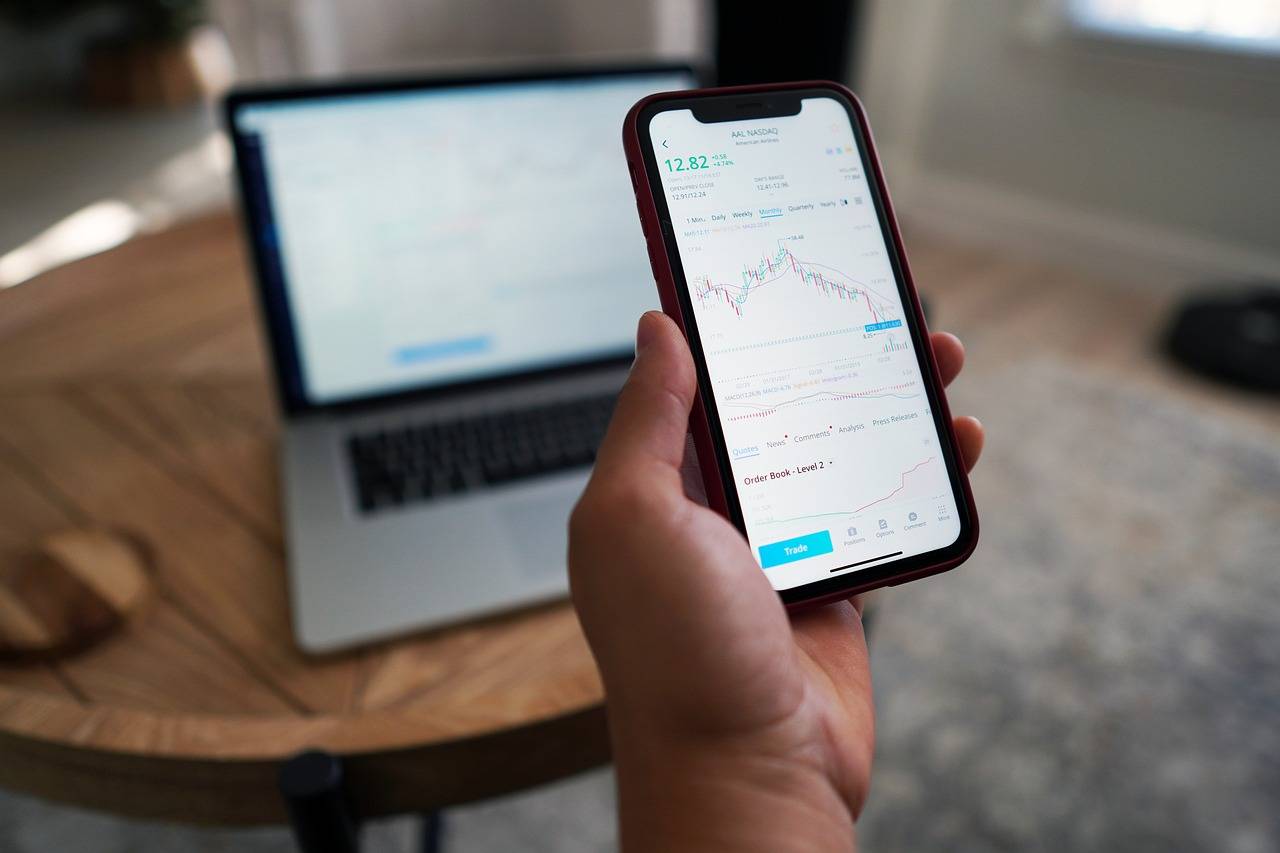If you’re ready to venture into the exciting world of currency trading, it’s imperative to don your financial armor and arm yourself with knowledge to combat the potential losses that lurk within. Forex, an unforgiving arena where fortunes are won and lost, demands a prudent approach. To help you navigate this treacherous terrain, this comprehensive guide will reveal invaluable insights, strategies, and tactics to mitigate your risk and enhance your trading success.

Image: www.dailyforex.com
A Primer on Forex Trading
Forex, an acronym for foreign exchange, is the global marketplace where currencies are bought and sold, influencing everything from international trade to our daily lives. In this vast financial ocean, traders speculate on currency movements, aiming to profit from the fluctuations in their exchange rates. However, as with any endeavor involving substantial risk, understanding the potential pitfalls is crucial.
Causes of Forex Trading Losses
Unfamiliarity with market dynamics, emotional decision-making, and improper risk management are the primary culprits that lead to forex trading losses. Novice traders often dive headfirst into the market without a clear understanding of currency correlations, central bank policies, and global economic events. As a result, they fall prey to impulsive trades driven by fear or greed, instead of sound technical and fundamental analysis. Furthermore, failing to set appropriate stop-loss orders or leveraging their positions excessively can exacerbate losses, potentially wiping out their trading capital.
Risk Management: The Cornerstone of Success
Risk management is the cornerstone of successful forex trading, providing a framework to minimize potential losses while preserving your trading equity. It encompasses a suite of strategies, including:
- Determining Risk Tolerance: Before embarking on any trade, establish a clear understanding of your risk tolerance—the maximum amount of money you’re willing to lose. This will guide your trading decisions, preventing you from taking on excessive risk.
- Setting Stop-Loss Orders: A stop-loss order is a critical tool that automatically closes a trade when it reaches a predetermined loss level. This prevents further losses from spiraling out of control, saving your precious capital.
- Position Sizing: Position sizing refers to the amount of money you allocate to each trade. It’s crucial to calculate position size based on your risk tolerance and the volatility of the currency pair you’re trading.

Image: www.jomkitaforex.com
Emotional Control: The Key to Rational Decisions
In the high-stakes world of forex trading, emotions can become a treacherous adversary, clouding judgment and leading to costly mistakes. Fear can fuel premature exits from profitable trades, while greed can entice traders to hold onto losing positions in the vain hope of a reversal. To maintain lucidity, it’s imperative to develop emotional discipline. This involves:
- Sticking to a Trading Plan: A well-defined trading plan, executed dispassionately, provides a roadmap for your trades, eliminating the influence of impulsive behavior.
- Taking Breaks: Step away from the trading screen intermittently to clear your mind and regain perspective, preventing emotional decisions.
- Seeking Professional Help: If emotional trading becomes a persistent problem, don’t hesitate to seek professional guidance. A therapist can help you identify and manage the emotional triggers that interfere with rational decision-making.
Technical and Fundamental Analysis: Your Eyes on the Market
To make informed trading decisions, it’s essential to conduct thorough technical and fundamental analysis of the forex market:
- Technical Analysis: This involves studying historical price data through charts and indicators to identify trends, patterns, and support and resistance levels. It helps predict future price movements and determine optimal entry and exit points for trades.
- Fundamental Analysis: This focuses on economic indicators, political events, and central bank policies that can influence currency exchange rates. Understanding these underlying factors enables traders to anticipate shifts in market sentiment and make well-informed trading decisions.
Continuous Education: The Path to Mastery
In the perpetually evolving forex market, continuous education is the key to staying ahead of the curve. Immerse yourself in books, articles, online courses, and webinars to expand your knowledge and refine your trading strategies. Engage with experienced traders through forums or mentorship programs to gain invaluable insights and avoid costly pitfalls.
How To Avoid Forex Trading Losses
Conclusion
Avoiding forex trading losses requires a holistic approach that encompasses risk management, emotional control, and comprehensive market analysis. By adhering to the principles outlined in this guide, you can significantly minimize your trading risks and pave the way for long-term success. Remember, patience, discipline, and a continuous pursuit of knowledge will serve as your faithful companions on this challenging yet rewarding financial journey. Embrace the opportunity to master the art of forex trading and reap the rewards it has to offer.






